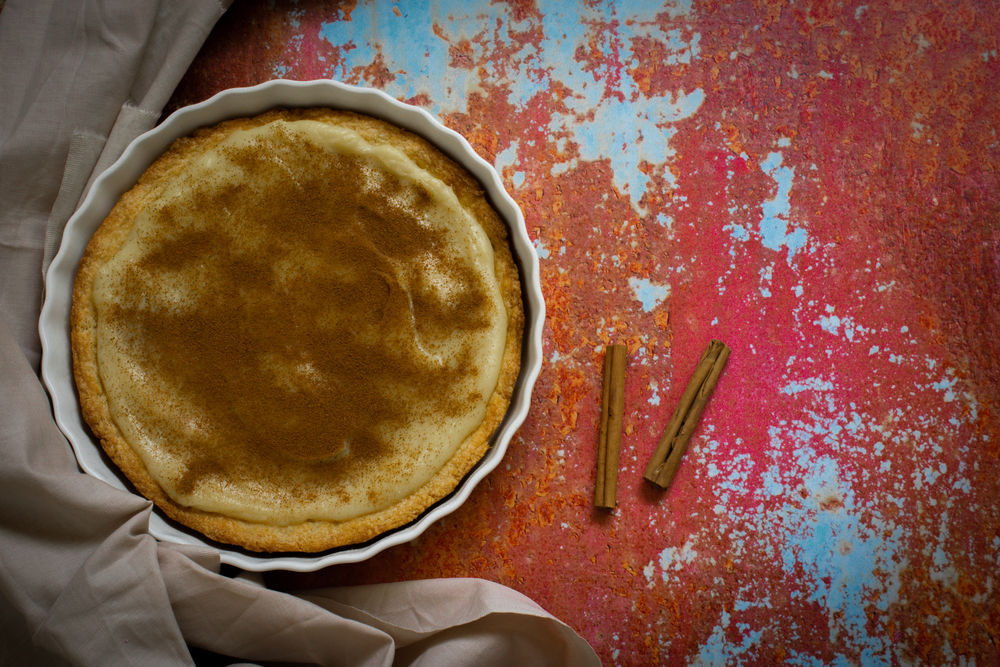A journey into the culinary world of South Africa is worthwhile. If you want to save yourself the long flight, you could alternatively visit a South African restaurant . The menu then includes all kinds of delicacies – from scallops to exotic fruits to zebra ham. The desserts also sound tempting and deliciously rich. With three authentic South African desserts, it is particularly worthwhile to take a closer look at them.
Malva Pudding
The traditional Malva pudding probably originated with the Dutch settlers who settled in South Africa . It is not a “pudding” according to the classic German understanding, but rather a kind of cake or tartlet. The sweet dessert contains apricot jam and is characterized by its sponge-like, caramelized consistency.
As a rule, malva pudding is served hot, poured over with an equally hot cream sauce or eaten with ice cream as a contrast. Malva pudding consists mainly of flour, sugar, milk and the flavor-giving and typical apricot jam.
Melktert
The next dessert may also go back to the Dutch settlers in South Africa. The first historical traces can be found as early as 1510 in a recipe book by the Dutchman Thomas van der Noot. In the case of Melktert, this is referred to as a kind of tart. It is reminiscent of the Portuguese Pastel de Nata.
The tart consists mainly of a pastry crust into which a filling of milk, flour, egg and sugar is added. The Melktert is often sprinkled with cinnamon. The dessert is then served either chilled, at room temperature or even slightly warmed.
Dom Pedro
The origin of the next dessert turns out to be rather unknown and controversial. Nevertheless, Dom Pedro enjoys great popularity in South Africa and is often served there as a sweet conclusion. Compared to the other two desserts, this is a dessert in the form of a drink: Dom Pedro is comparable to a milkshake.
As a rule, Dom Pedro is received in a wine glass. Included are ice cream, usually vanilla, and a portion of cream. The liquid dessert is drunk with a straw. In addition, either whiskey or a liqueur such as Amarula is added to the shake. Some restaurants add chocolate sauce to the edges of the glass.


